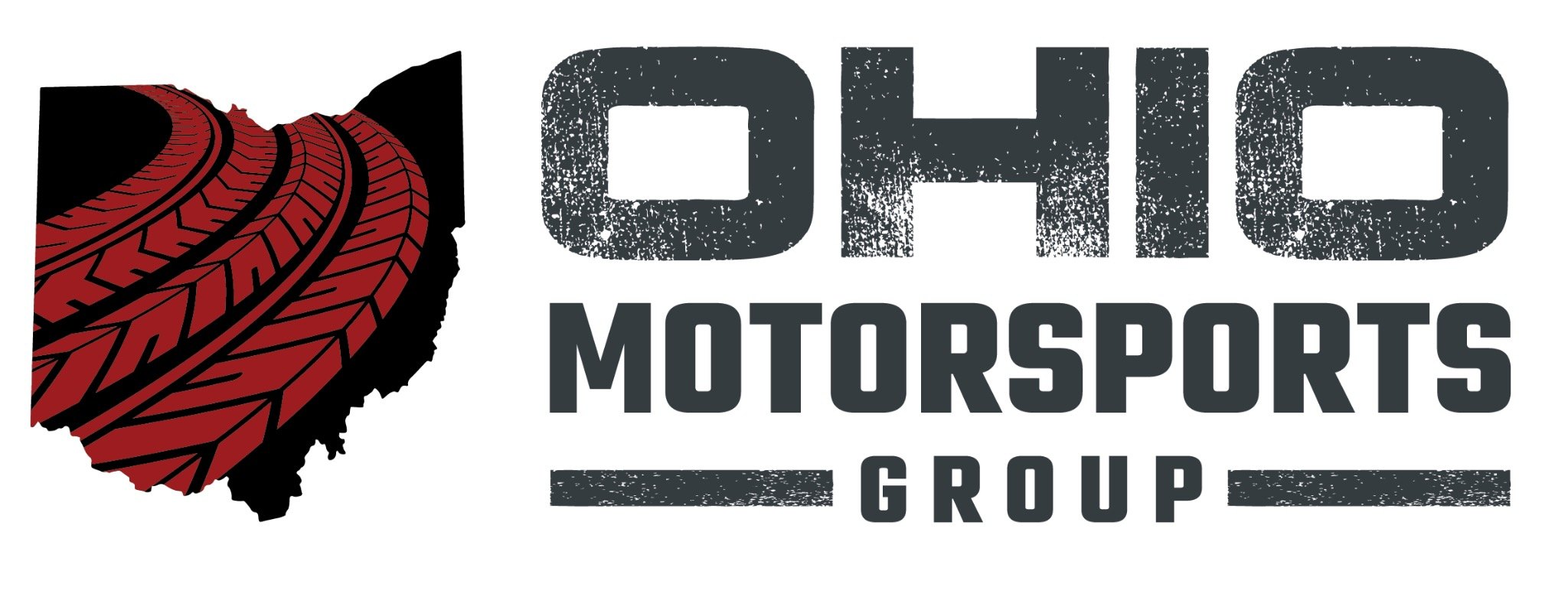Tire pressure threads are a whole lot like "What oil should I use?" threads--everyone has an opinion. One thing that NEVER seems to get mentioned is that motorcycle tire pressure 1) isn't some fixed-in-stone number that you should set-n-forget and never change, and 2) is WAY more important to check and adjust on a bike than on a car. The sidewall pressure number isn't any sort of recommendation from the tire manufacturer--it's the MAXIMUM cold pressure that should never be exceeded for inflation, not what you should set your pressure to. Your owner's manual and the sticker on the swing arm/frame should have the recommended tire pressures listed for your bike, but this is applies to the OEM tires only, and thus could change if you switch to non-OEM tires. Air/road surface temperatures also affect how much pressure you should run, so obviously it's a good idea to check your pressures before each ride.
As a general rule, you should start with your pressures set to the recommended level and then experiment around that. Hotter temps, higher speeds, and heavier loads typically mean increasing pressures anywhere from 2-5 psi (up to the max sidewall number). So, two-up riding, loaded touring, extended x-way miles mean bumping up your pressures. Cooler temps (i.e., winter riding), especially when doing spirited riding in the twisties, means lowering your pressures 1-5 psi for better traction, although this is not necessarily true if you're simply doing easy cruising. Also, realize that lower pressures mean softer tire sidewalls, which results in more flex and means they heat up more quickly and this typically results in shorter tire life.
Different styles of tires are affected more or less by pressure changes, too. A high-performance road tire will have a more responsive tread and sidewall construction (for max traction) and respond to small pressure changes dramatically. Pure race tires don't work well on the street because the rubber compound needs to be "hot" for max traction (thus, tire warmers you see at the track) and typical street speeds don't generate sufficient heat in the tread to maintain max performance. Tires designed for heavy cruisers, touring bikes and ADV bikes usually have a much more stout sidewall construction to support the weight and harder tread compounds for longer tire life, and so tire pressures don't affect the performance as much.

